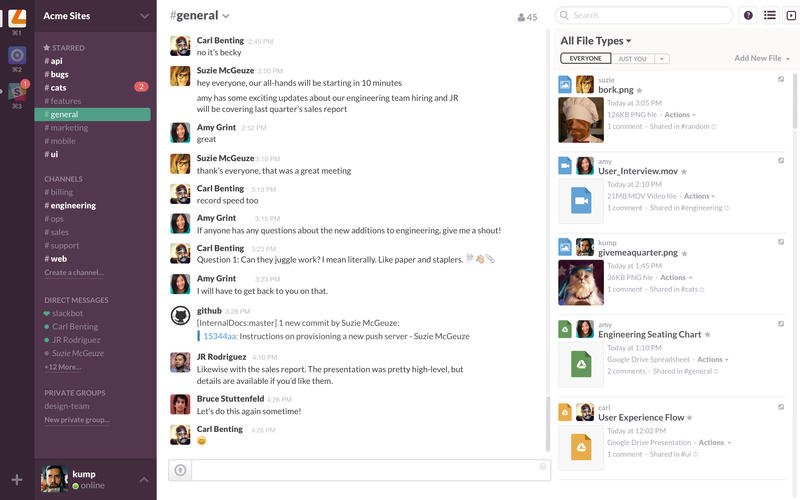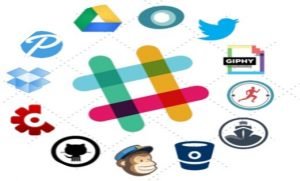Although I’m full-time in what I do, I spend a lot of time working with amateur teams and organisations, trying to put systems in place that replicate as closely as possible to what the pro-teams can do. There are obvious financial and time constraints but I’ve always been of the opinion that amateurism is a mindset not status.
Teams often want to cut down on unnecessary meetings and group sessions, coaches often prefer working one-to-one or in small groups but that’s difficult when you don’t have access to players for a full day. Technology has played a massive role in being able to communicate away from the training ground, but fining the best tool and something that can do everything you need is hard.
People use Dropbox for files, a Facebook group for chatting, maybe google drive for forms and questionnaires and some other cloud solution to host videos.
Last year I set-up a Slack Channel for a course I was running and found it a brilliant way to communicate with the students. More on how to use this in a minute, but it meant I could put everything in one place and best of all because it works in a browser it’s available on desktop and mobile, PC and MAC.
 Slack’s own website probably says it best;
Slack’s own website probably says it best;
Slack is a platform for team communication: everything in one place, instantly searchable, available wherever you go.
Put another way: Slack is the best of every communication medium combined in a beautiful design and intuitive interface that works across every major platform.
There is no reason that Team can’t be a Sports Team! So how does it work?
Fundamentals
Communication within Slack is organized into 3 main categories:
- Channels
- Direct messages
- Private Groups
Channels: Keep the channels nice and simple. There is a danger to rush to create a channel very every possible topic of conversation. Start small and you can always add more if and when you need. For example you could have a general discussion Channel, with maybe a S&C/Nutrition resources channel and maybe a Game review channel.
Direct messages. This is self-explanatory. Communication between two team members that only they can see.
Private group. Think of this is an exclusive channel. It functions the same, but the content is only visible to those included by the admin. This can be great for separating out a channel for the backroom team to be able to communicate away from the players.
Adding Resources
 Once you have set-up your Channel and added your members you are now ready to start adding resources and let the communication flow.
Once you have set-up your Channel and added your members you are now ready to start adding resources and let the communication flow.
Slack has a ton of features to facilitate communication, information sharing, and project management.
#hashtag. Just like Twitter, use hashtags within comments to tag a channel or specific topic. This helps organize search results and allows users to find relevant details easily.
@mention. Most social media platforms allow you to @mention (or tag) someone in a post or photo. Within a Slack channel you can @mention a specific team member (@individual), the entire channel (@channel), or the whole team associated with a particular Slack account (@everyone). Using the @mention feature will specifically ping the applicable user via their personal notification settings (via email, mobile, or desktop).
Upload. If you can attach it to an email, you can upload it to Slack. Graphics, images, spreadsheets, documents, etc. With dozens of app integrations you can even link Slack to your Google Drive or Dropbox folders for easy sharing and file management. Of course you can use all these features independently but Slack becomes a home for all your resources. Players have 1 account to log into and now you can link to all your necessary files from there.
Cloud. Get to training and realise that video you needed is on a work computer. Well with Slack everything is in the cloudou can access it from any platform or web browser.
It’s Free
Best of all this doesn’t have to cost anything. There are a few programmes on the market specifically aimed at solving this problem for sports teams, but nobody is doing it better than Slack. Check out the intro video below ad you can get started here.